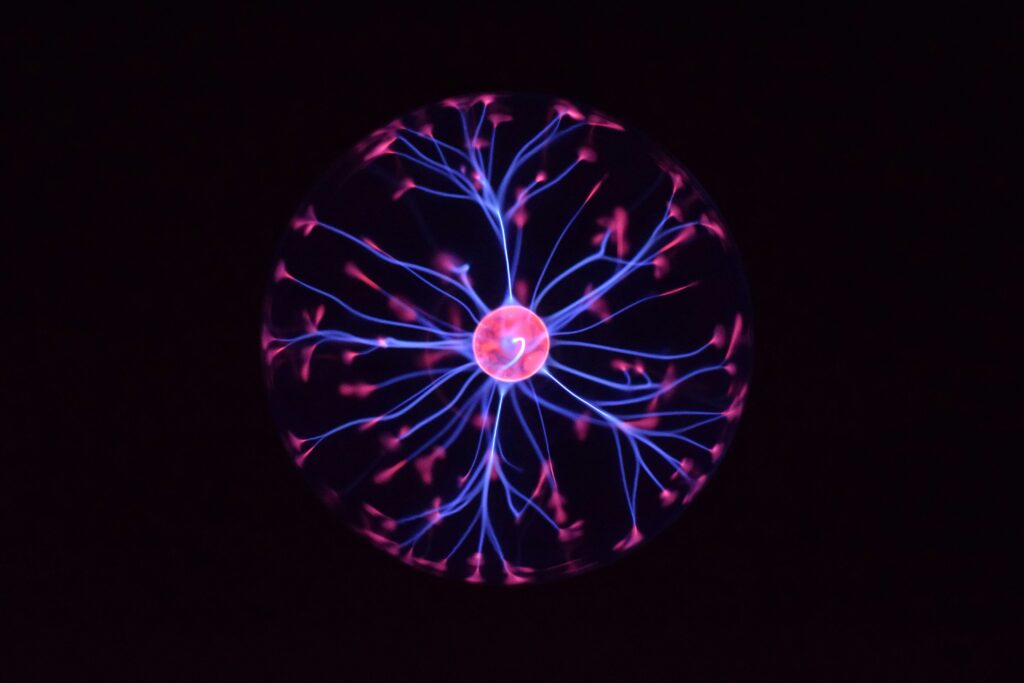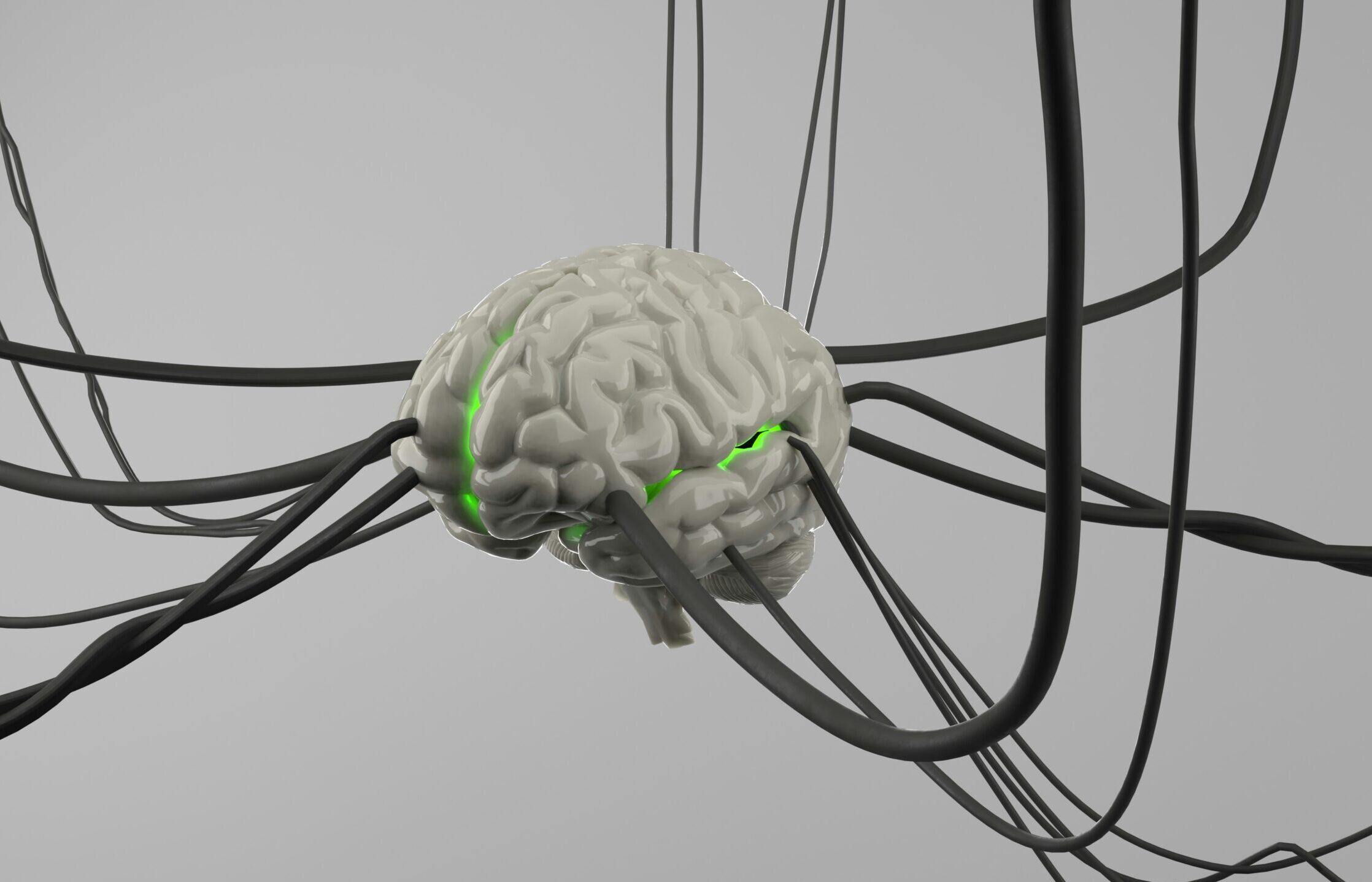Imagine controlling your phone with a thought or restoring vision to the blind. Neuralink, a pioneering neurotechnology company founded by Elon Musk in 2016, is turning these possibilities into reality. With its cutting-edge brain-computer interface (BCI), Neuralink is redefining how we interact with technology and treat neurological conditions. Here’s a look at what Neuralink is, its real-world impact, and what’s on the horizon.
What is Neuralink?
Neuralink is developing the N1 implant, a coin-sized device that sits flush with your skull and connects directly to your brain. Using 64 ultra-thin threads with 1,024 electrodes, the implant reads neural signals—your brain’s electrical activity—and translates them into digital commands. A precision surgical robot, R1, ensures safe implantation, while the device communicates wirelessly via Bluetooth and runs on a rechargeable battery. This tech lets users control devices like computers or smartphones with their thoughts, opening new possibilities for those with disabilities and beyond.
Real-World Impact: Life-Changing Examples
1. Empowering Independence
In January 2024, Neuralink implanted its first N1 device in Noland Arbaugh, a quadriplegic patient. Using only his thoughts, Noland played chess, browsed the web, and controlled a computer cursor. Despite a hiccup where 85% of the implant’s threads detached due to brain movement, Neuralink’s team adjusted the software, restoring functionality. This milestone shows how Neuralink can restore autonomy for those with paralysis or conditions like ALS. The company has since implanted two more patients and plans to reach 20–30 by the end of 2025.
2. From Monkeys to Humans
Neuralink’s early tests on animals laid the groundwork. In 2021, a macaque monkey played a video game using only its brain signals, thanks to a Neuralink implant. Another demo featured a pig named Gertrude, whose implant tracked her movements in real time. These experiments proved the device’s ability to decode neural activity, paving the way for human trials.
3. Blindsight: A Vision for the Future
Neuralink’s Blindsight project, announced in 2024, aims to restore vision for those with intact visual cortices. By stimulating the brain’s visual cortex, the implant creates pixelated images through light spots called phosphenes. With FDA Breakthrough Device Designation, Blindsight could one day help blind individuals “see” again, marking a major leap in sensory restoration.
The Road Ahead
Medical Breakthroughs
Neuralink’s immediate focus is expanding its medical applications. Beyond paralysis, the technology could treat Alzheimer’s, Parkinson’s, or epilepsy by monitoring and adjusting brain activity. For example, it might detect seizure risks in patients with brain tumors or enable those with locked-in syndrome to communicate through thought-driven text. Clinical trials are scaling up to refine these capabilities.
Human Enhancement
Looking further, Neuralink envisions a future where BCIs enhance human abilities. Imagine downloading knowledge directly to your brain or integrating with AI for faster decision-making. While these ideas are speculative, they highlight Neuralink’s ambition to merge human intelligence with technology, potentially transforming how we learn, work, and connect.
Challenges to Overcome
Neuralink faces hurdles, from ensuring implant durability to addressing ethical concerns. Issues like thread detachment in early trials are being tackled with deeper insertions and smarter software. Meanwhile, privacy worries about brain data and ethical questions about animal testing—raised by groups like the Physicians Committee for Responsible Medicine—require careful navigation. Neuralink’s transparency and rigorous FDA-approved trials will be key to building trust.

Why It Matters
With a $9 billion valuation and $1.29 billion in funding, Neuralink is a leader in the $2 billion BCI market, projected to hit $6.2 billion by 2030. Competitors like Synchron and Blackrock Neurotech are in the race, but Neuralink’s all-in-one approach—combining robotics, chip design, and neuroscience—sets it apart. As it refines its technology, Neuralink could make BCIs as common as smartphones, reshaping healthcare, accessibility, and even what it means to be human.
Stay tuned as Neuralink pushes the boundaries of possibility—one thought at a time.
Learn more at Neuralink’s official site.















